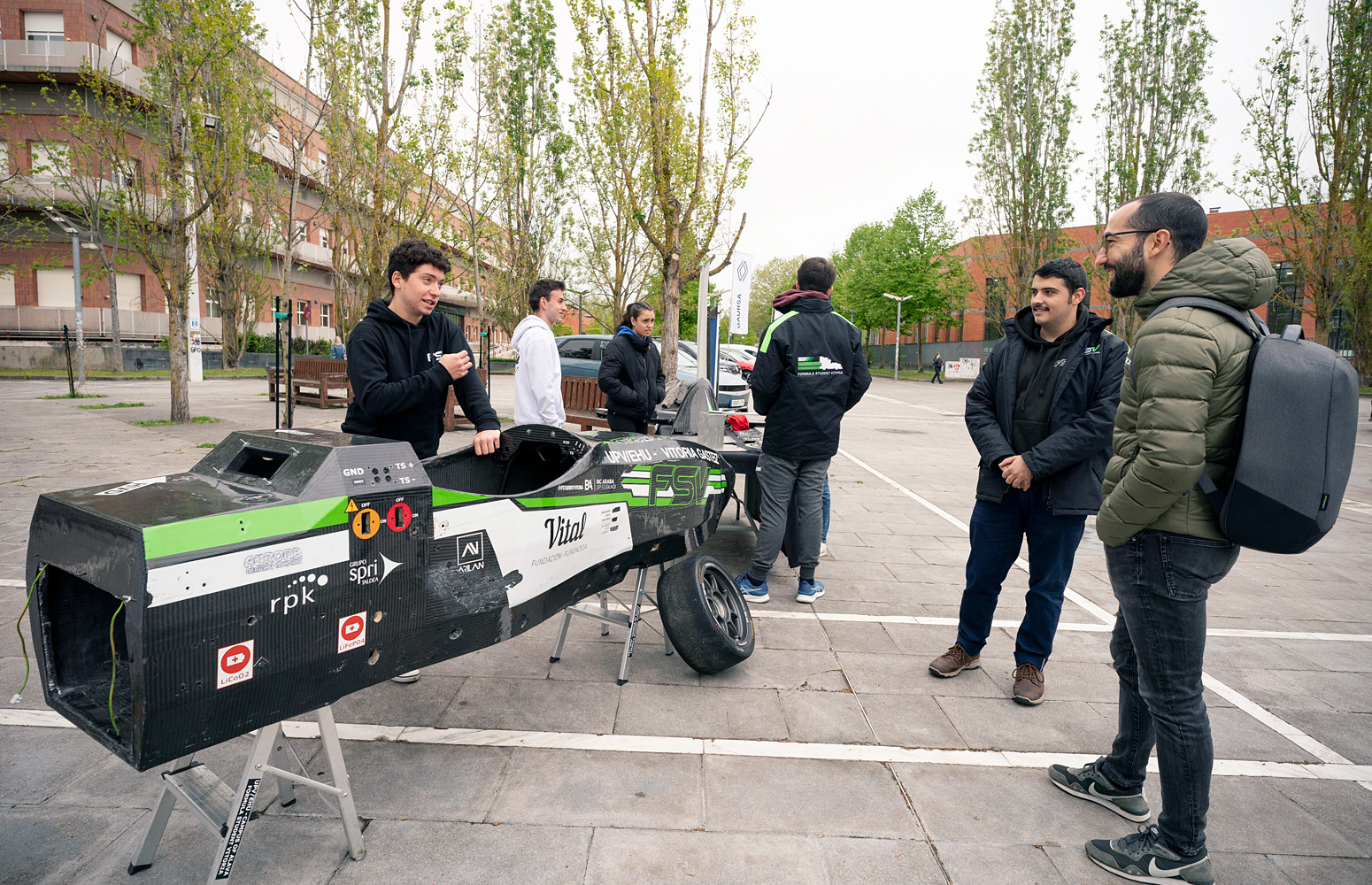Osteoporosis can also be prevented from young adulthood with moderate to intense physical activity and a diet rich in calcium and vitamin D. According to a piece of research by the UPV/EHU, both factors contribute towards improving bone mineralisation and, as a result, programmes can be designed to prevent and slow down osteopenia and osteoporosis from an early age. The article has been published in the journal Nutrients.
-
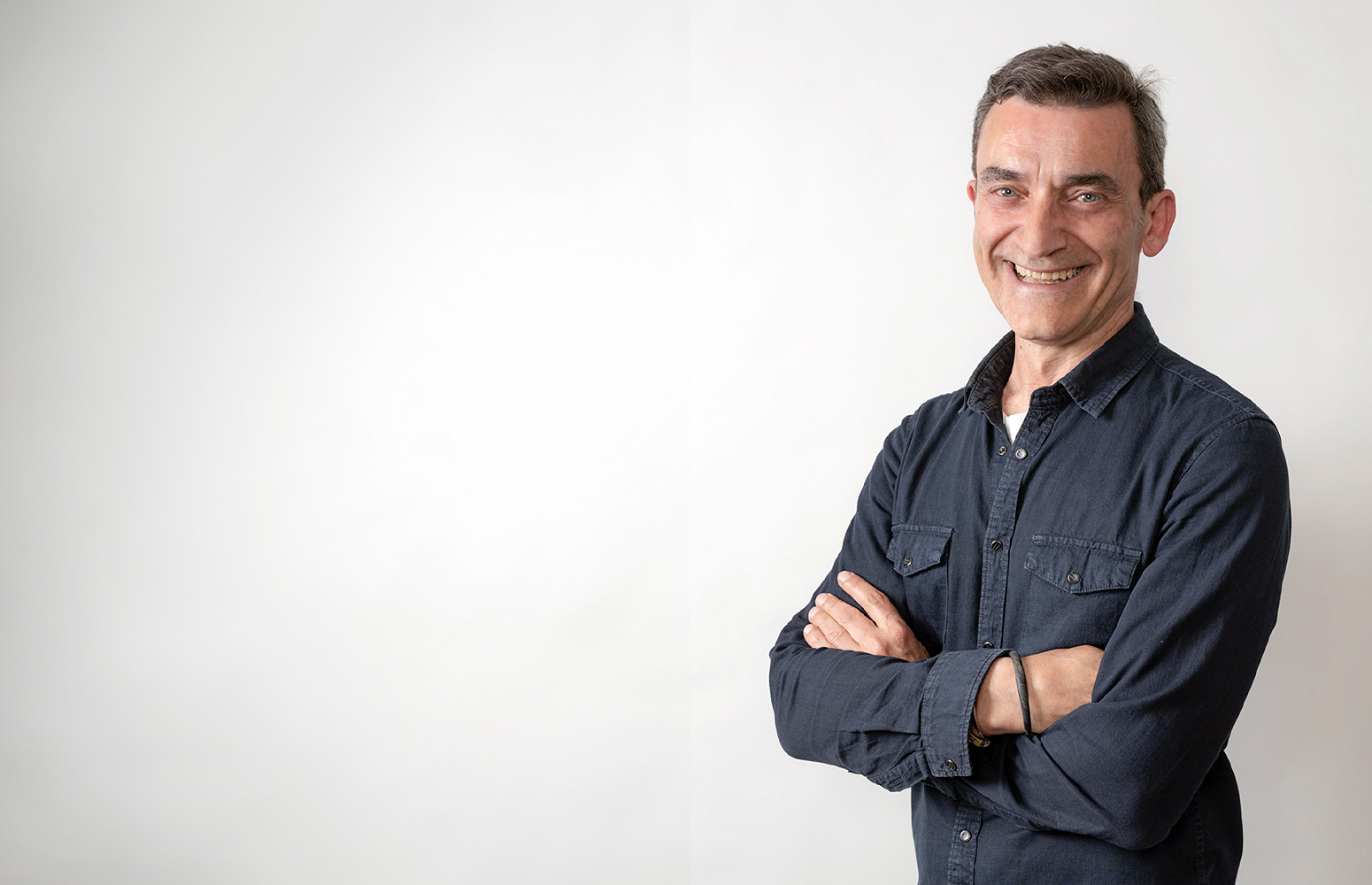
In memoriam: Arturo Muga
-
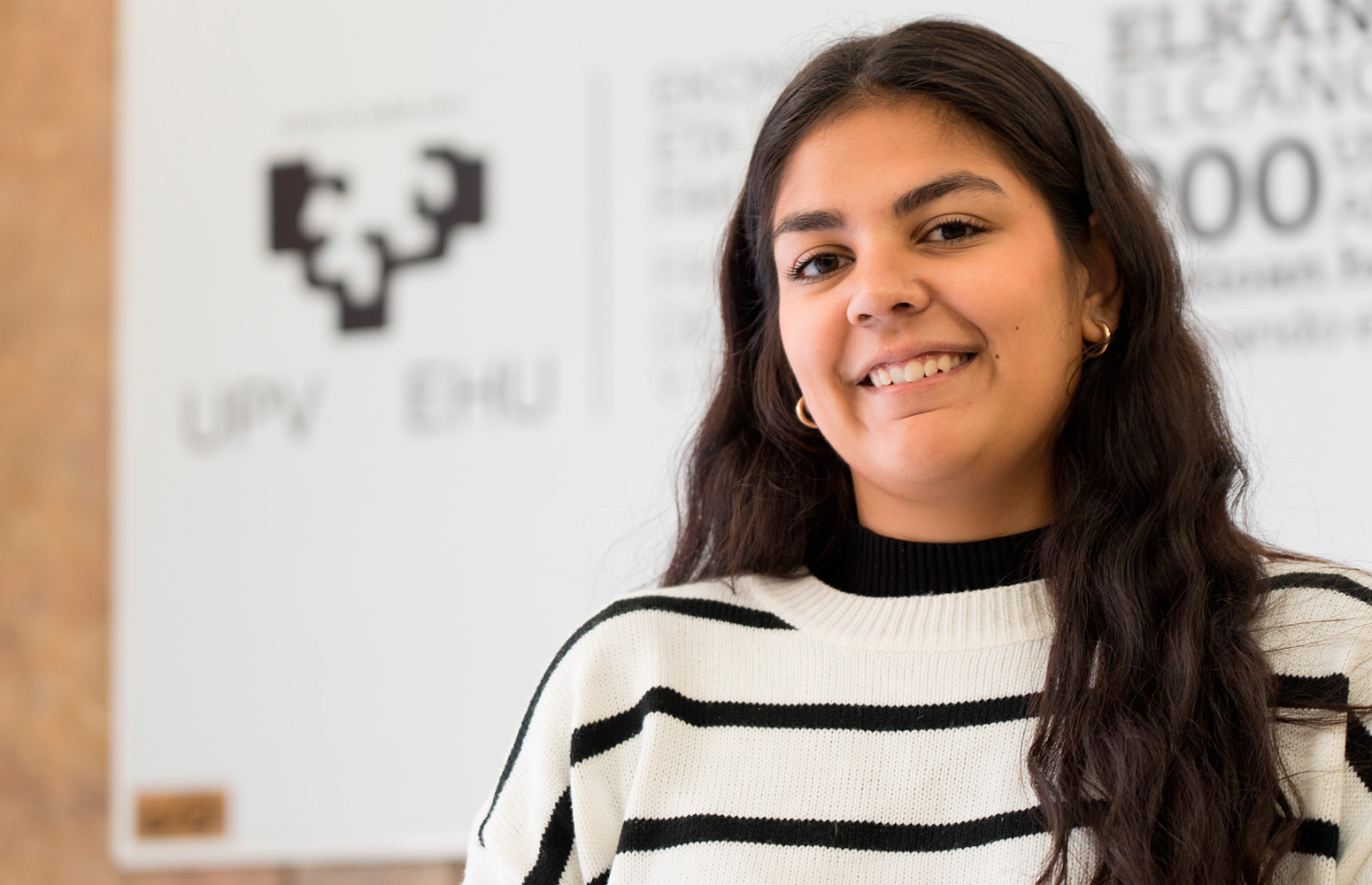
Violeta Pérez Manzano: «Nire ahotsa ijito bakar batengana iristen bada eta horrek inspiratzen badu, helburua bete dut»
-
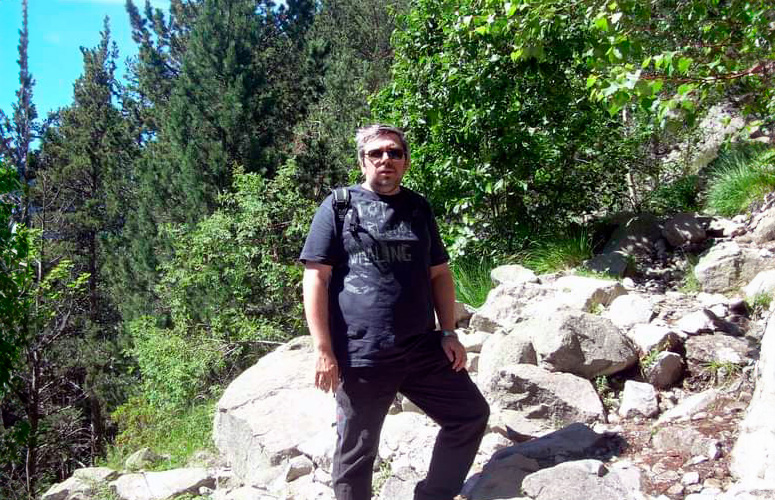
In memoriam: German Gazteluiturri Fernández
-
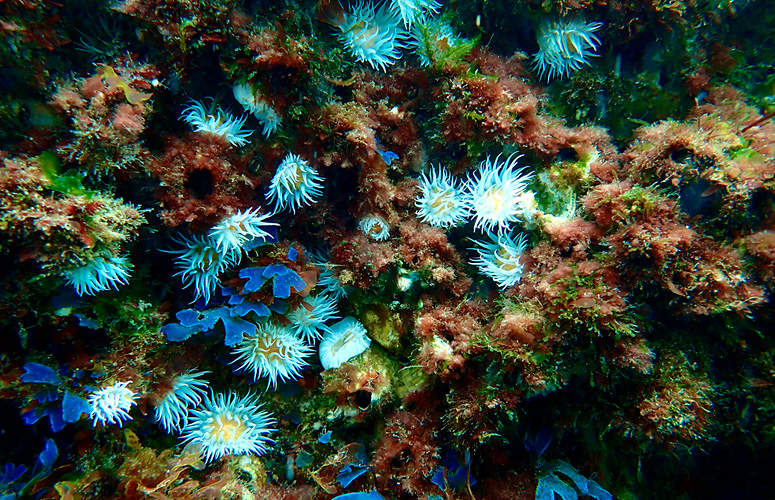
Itsasoaren gainazalaren tenperatura-igoerak aldaketa sakonak eragin ditu makroalgen komunitateetan
-
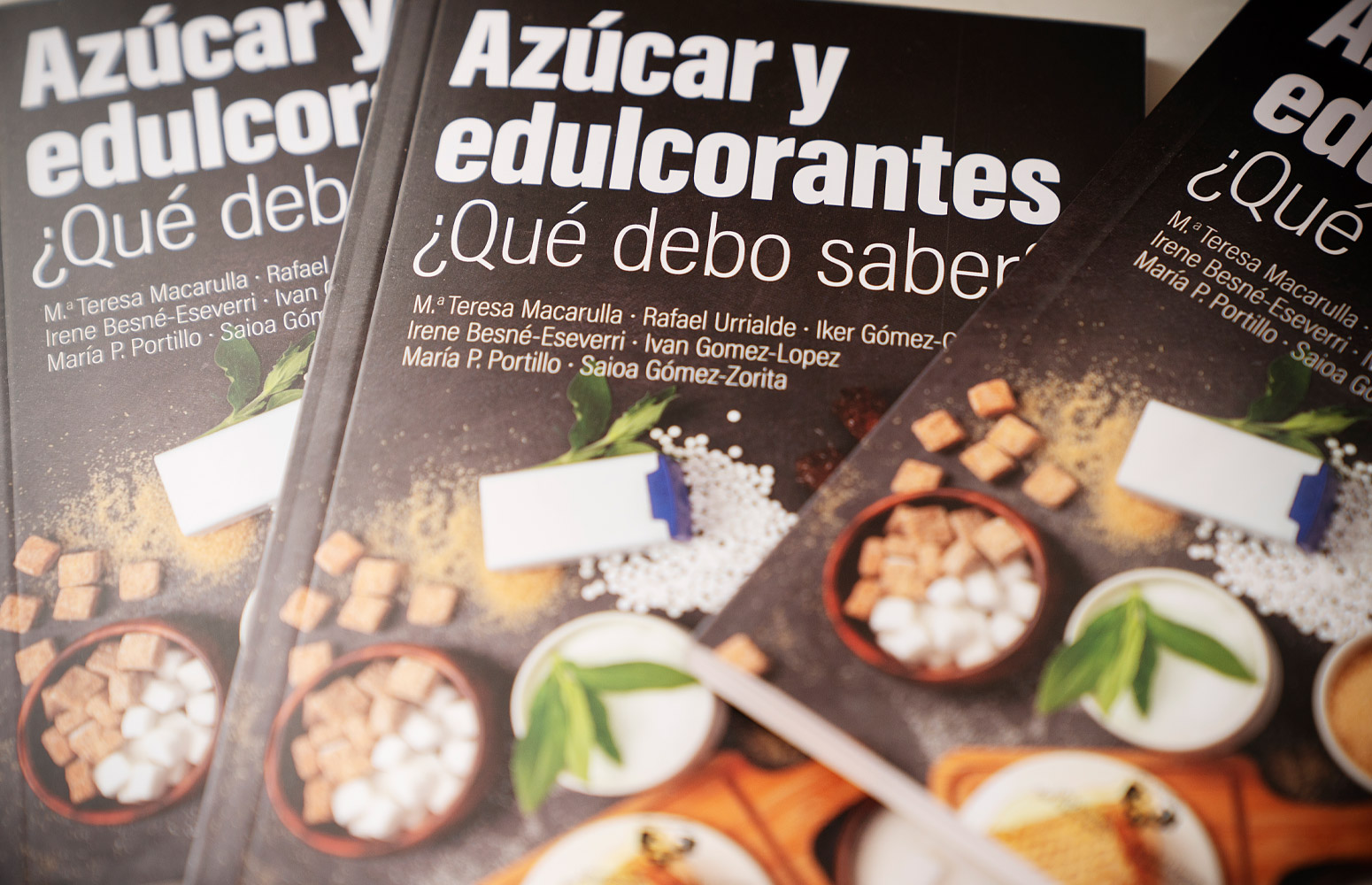
Azukrea eta edulkoratzaileak. Zer jakin behar dut?
Osteoporosis can be prevented from young adulthood with the right physical activity and diet
A piece of research by the UPV/EHU-University of the Basque Country has analysed the bone health of young adults between 18 and 21 and links it to their physical condition and diet
- Research
First publication date: 13/03/2018
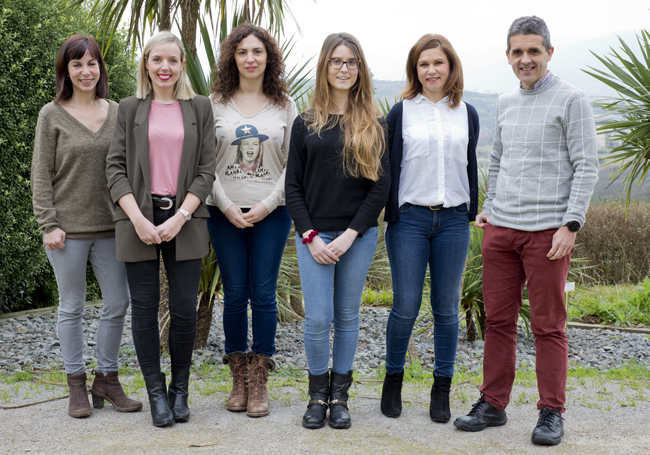
Osteoporosis is a disease associated with ageing and women, although more and more men are also developing it. When this disease is spotted, it is combatted mainly through pharmacological treatment. Yet, prevention in young adulthood is a strategy to be borne in mind in order to reach adulthood with well mineralised, quality bones. A research group at the UPV/EHU’s Faculty of Medicine and Nursing has analysed the bone status of young university students to identify the factors that help to prevent the disease and slow it down.
A study conducted by a research group of the UPV/EHU departments of Physiology and Nursing analysed the bone health of 156 students between the ages of 18 and 21. This is one of the very few studies into the bone quality of adults who have not yet reached their peak in terms of bone maturity (21 to 30 years). Until now there have been mainly retrospective studies of the factors emerging as decisive with respect to bone quality.
The UPV/EHU researcher Idoia Zarrazquin explains that “most of the studies conducted until now have focussed on adulthood and at the start of bone decline, translated into osteoporosis, above all in women from the age of 50 onwards. We believe that it is important to conduct these advance studies to find out what exerts a positive influence on bone quality, because the margin for improvement is broader seeing that there is more than a decade ahead to increase mineralisation at the earliest”.
Balanced exercise and diet
This study looked at the activity and physical fitness, body composition and diet of young adults (61 men and 95 women) from September 2016 until May 2017. Their anthropometric characteristics, dietary input, aerobic capacity, muscular strength and the physical activity they did were recorded. Their bone status was also measured through ultrasound, a non-invasive, easy-to-use technique.
The group of young students participating in the research displayed good bone quality. They are students the majority of whom do sport: the men vigorously, and the women more moderately. As regards calcium, the men consumed an average of 1,080 mg/day, in other words above the recommendations of the World Health Organisation (1,000 mg/day), while the women did not reach that amount (814 mg/day). With respect to vitamin D, neither the young men (3.88 mg/day) nor the young women (3.10 mg/day) reached the level recommended by the WHO (5 mg/day).
Physical activity yes, but without overdoing it
Although the young adults studied displayed good bone quality, it could be improved to slow down bone decrease caused by ageing. In this respect, Gotzone Hervás, who is writing up her PhD thesis at the UPV/EHU, specifies that when the factors that help bone formation are known, they can be used to prevent these diseases. “We know that physical activity improves the muscles and strengthens bones. There is an interconnection between them, and, if the activity is intense, both improve, the passing of years will be withstood better and bone decadence will be handled better”.
Therefore, moderate to intense activity and impact sports are recommended, but they have to be balanced with a suitable diet, as detailed by the UPV/EHU researcher Fátima Ruiz-Litago. “Muscle endurance and strength improve bone mineralisation, but that doesn’t mean the more the better, because elite sportspeople have been shown to develop osteoporosis. In other words, physical activity has to be moderately intense, without overdoing it; above all among women. When exercise is very intense, dietary requirements are also very high, and in the case of sportswomen, very difficult to cover owing to their own physical and hormonal characteristics. That is why cases of osteoporosis emerging among elite sportspeople are more widespread than thought.”
So the UPV/EHU researchers conclude that apart from a correct diet in terms of calcium and vitamin D, physical activity helps to build up bone minerals so that when reaching adulthood, the bone stiffness index is high and the decline that takes place after the age of 30/35 and above all after 50 can be counteracted. “Future recommendations for preventing osteoporosis will also include contributing towards muscle strength,” says Idoia Zarrazquin.
Bibliographic reference
- Physical Activity, Physical Fitness, Body Composition, and Nutrition Are Associated with Bone Status in University Students
- Nutrients (2018)
- DOI: 10.3390/nu10010061


